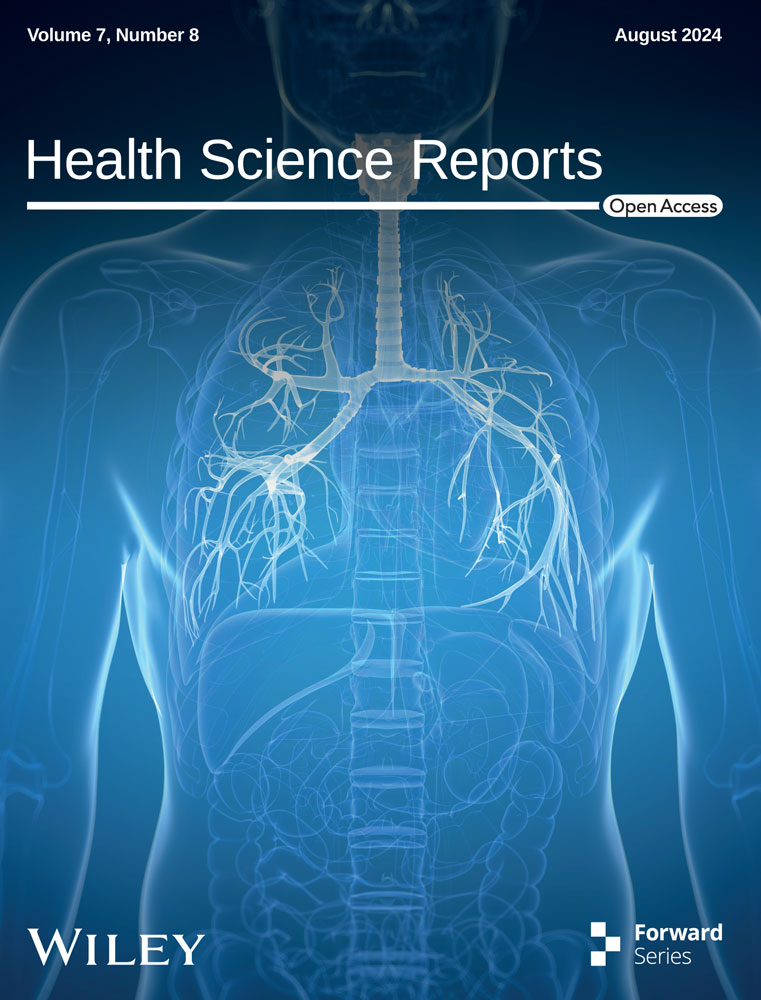Assessment of in vitro activity of ceftazidime/avibactam on carbapenemase-producing Enterobacterales from Iran: An experimental study
Abstract
Background and Aims
The prevalence of carbapenemase-producing Enterobacterales (CPE) continues to increase worldwide. Combination of β-lactam and novel β-lactamase inhibitors introduce a revolutionary treatment option for CPE. Ceftazidime/avibactam (CAZ/AVB) has been recently developed for treatment of severe infections caused by multidrug-resistant bacteria. We aimed to evaluate in vitro activity of CAZ/AVB on a collection of 85 ESBL-producing-carbapenemase negative and CPE from Iran.
Methods
ESBL and carbapenemase production was phenotypically confirmed by combined disk test and modified carbapenem inactivation method respectively. The presence of clinically important carbapenemase encoding genes was examined using PCR. Susceptibility of all isolates to CAZ/AVB was determined using discs containing 30 μg ceftazidime +20 μg avibactam (AVB). Minimum inhibitory concentrations (MICs) of CAZ/AVB in 28 CPE (4 Escherichia coli and 24 Klebsiella pneumoniae) was determined by gradient diffusion method using MIC test strips (0.016−256 mg/L ceftazidime +4 mg/L AVB).
Results
All phenotypically identified ESBL positive-carbapenemase negative isolates were found to be susceptible to CAZ/AVB. Among the carbapenem resistant isolates, CAZ/AVB showed potent inhibitory activity against all OXA-48-like (MIC ranges 0.125/4−0.75/4 mg/L) and KPC positive isolates (MIC ranges <0.016/4−0.19/4 mg/L). However, AVB could not restore the activity of ceftazdime against isolates producing metallo-β-lactamases (MLBs) including VIM, NDM (MIC > 256/4 mg/L) and IMP (MIC > 8/4 mg/L).
Conclusion
Our data highlighted the excellent in vitro performance of CAZ/AVB against ESBL-producing and CPE suggesting that this combination can efficiently be used as therapeutic option for management of CPE infections particularly in regions with high prevalence of KPC and/or OXA-48-like positive but MBL-negative Enterobacterales.
CONFLICT OF INTEREST STATEMENT
The authors declare no conflict of interest.
Open Research
DATA AVAILABILITY STATEMENT
The authors confirm that the data supporting the findings of this study are available within the article.
All authors have read and approved the final version of the manuscript and CORRESPONDING AUTHOR has full access to all of the data in this study and takes complete responsibility for the integrity of the data and the accuracy of the data analysis.




